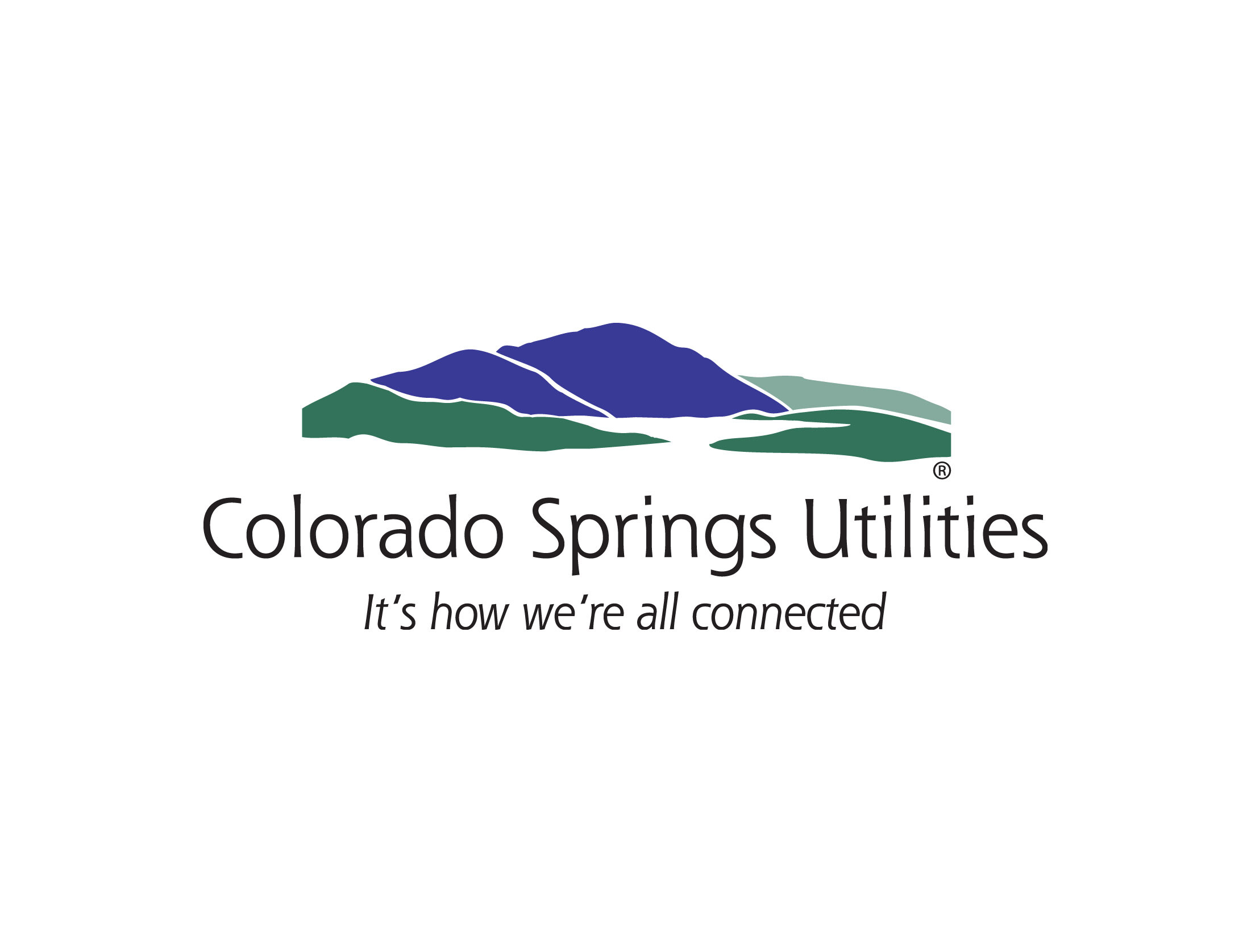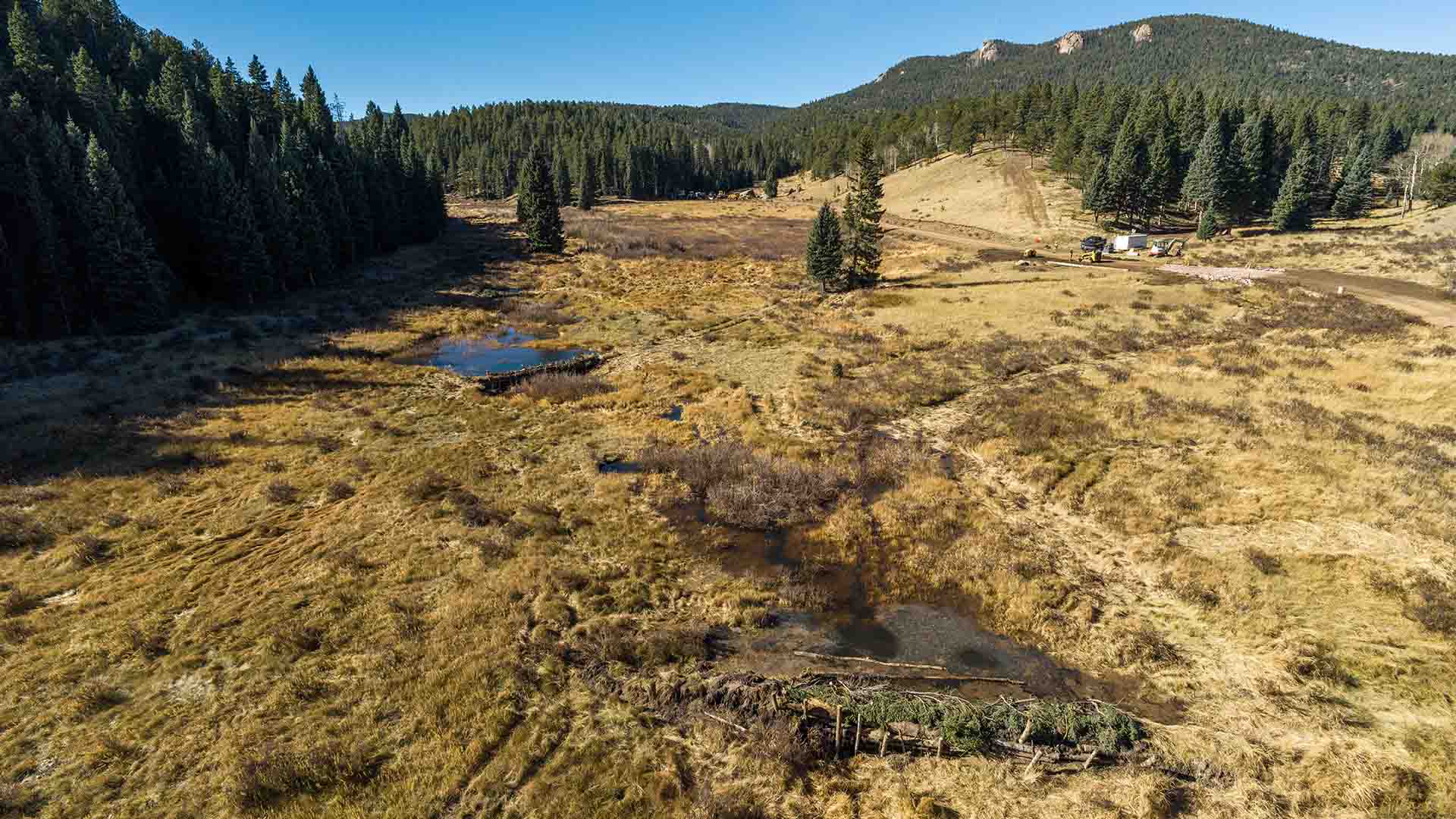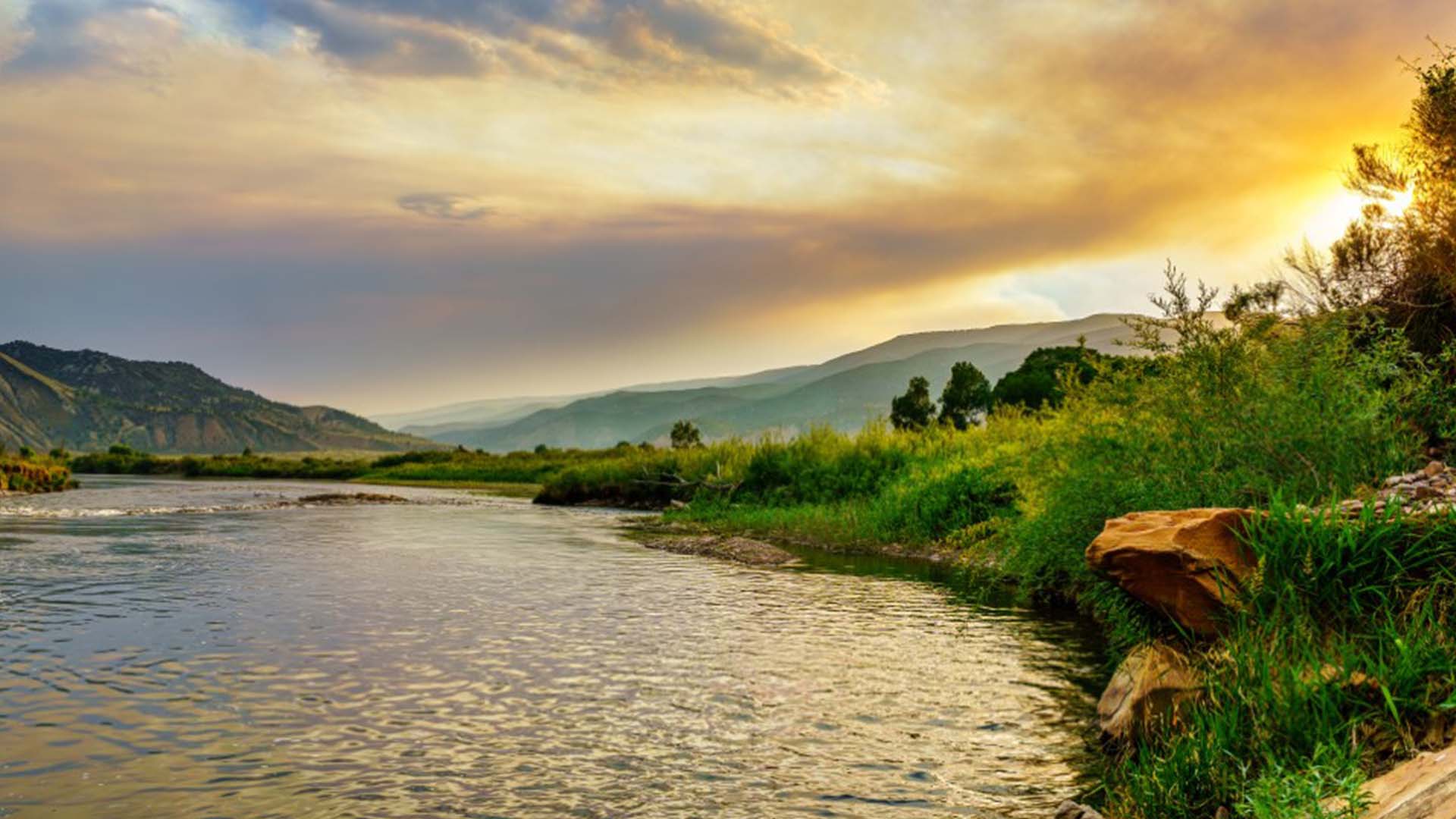
A. Ortega
Duration: 1 minute
Published on November 13, 2025
A major November deadline for Colorado River negotiations passed without resolution, though hope remains for an agreement to avoid federal intervention.
The seven Colorado River Basin states were expected to submit broad parameters for managing Lakes Powell and Mead by Nov. 11 but failed to find consensus. However, enough progress was made to warrant an extension, according to a joint statement issued by federal officials and representatives from the states. The urgent timeline includes a mid-February deadline to reach consensus and a proposal. Current guidelines are expiring, and a new finalized agreement must be in place by October 2026, the start of the 2027 water year.
What’s being negotiated are the future operating guidelines for these two large storage reservoirs. The guidelines must be realistic and resilient and not allow one reservoir to be drained to shore up the other, as has happened in recent years. Both reservoirs have hovered near critical levels for a few years now.
These talks are critical for Colorado Springs. Half of our city’s water comes from the Colorado River Basin through transbasin diversions that cross the Continental Divide. Because this water can be reused, it accounts for 70% of total customer use. Ongoing drought in the West already threatens these supplies; for example, in 2012, we received only 35% of our expected yield from our Colorado River projects. Mandatory cuts, called curtailment, as proposed by Lower Basin states, would compound these natural shortages that we’ve had to manage through.
A quick review of how Colorado River water is shared:
-
The Colorado River begins as snowmelt along the Continental Divide in Colorado and winds its way through the southwest toward Mexico.
-
Seven states rely on water from the Colorado River Basin. They are divided into an Upper Basin Division (Colorado, Wyoming, Utah and New Mexico) and a Lower Basin Division (Arizona, Nevada and California).
-
The 1922 Colorado River Compact promised certainty and security of water supplies for both the Upper and Lower Basins. Each was granted use of 7.5 million acre-feet of water a year, or 75 million acre-feet on a 10-year rolling average.
-
The Upper Basin states, which receive the bulk of snowpack, are required to ensure the Lower Basin states receive their Compact allocation. That water is stored in Lakes Mead and Powell.
-
Changing climate conditions over many years have resulted in lower flows in the river, yet the Lower Basin continued to pull mightily from storage, even as the Upper Basin managed with less water in dry years. The imbalance resulted in near-critical levels in Lake Mead and Lake Powell in 2021, requiring water to be released from upstream federal reservoirs – including Blue Mesa in Colorado – as a stop-gap measure. Unfortunately, this water was released to the Lower Basin for use rather than remain in Lake Powell to boost storage.
Two facts underscore the Upper Basin’s position in negotiations: water going into Lake Powell is consistently less than what is going out (the Lower Basin is using more than their share), and the Lower Basin is not accounting for significant evaporation losses in Lake Powell in their calculations.
Becky Mitchell, Colorado’s Commissioner to the Upper Basin Commission, has remained steadfast in defending Colorado’s rights under the Compact. She seeks to prevent Lower Basin overuse and has resisted attempts to impose additional cuts on the Upper Basin states beyond those already imposed by Mother Nature. While legal and administrative uncertainties remain, we continue to monitor negotiations and support Mitchell’s stance to protect all Colorado River water users in our state.
Meanwhile, we’ve prepared for possible future scenarios through extensive modeling and the goals set forth in our 2017 Integrated Water Resource Plan. Our plan addresses risks to our Colorado River supplies by diversifying our water portfolio, expanding storage, enhancing reuse mechanisms, and developing Arkansas River Basin supplies through agricultural partnerships. Conservation also plays a vital role: our customers have reduced their indoor use, lowered outdoor consumption and embraced Water Wise landscaping—efforts to use water wisely that are paying off in terms of stretching our water supplies.
Together, conservation efforts and strategic planning will help Colorado Springs manage its valuable Colorado River resources amid ongoing challenges and negotiations.








